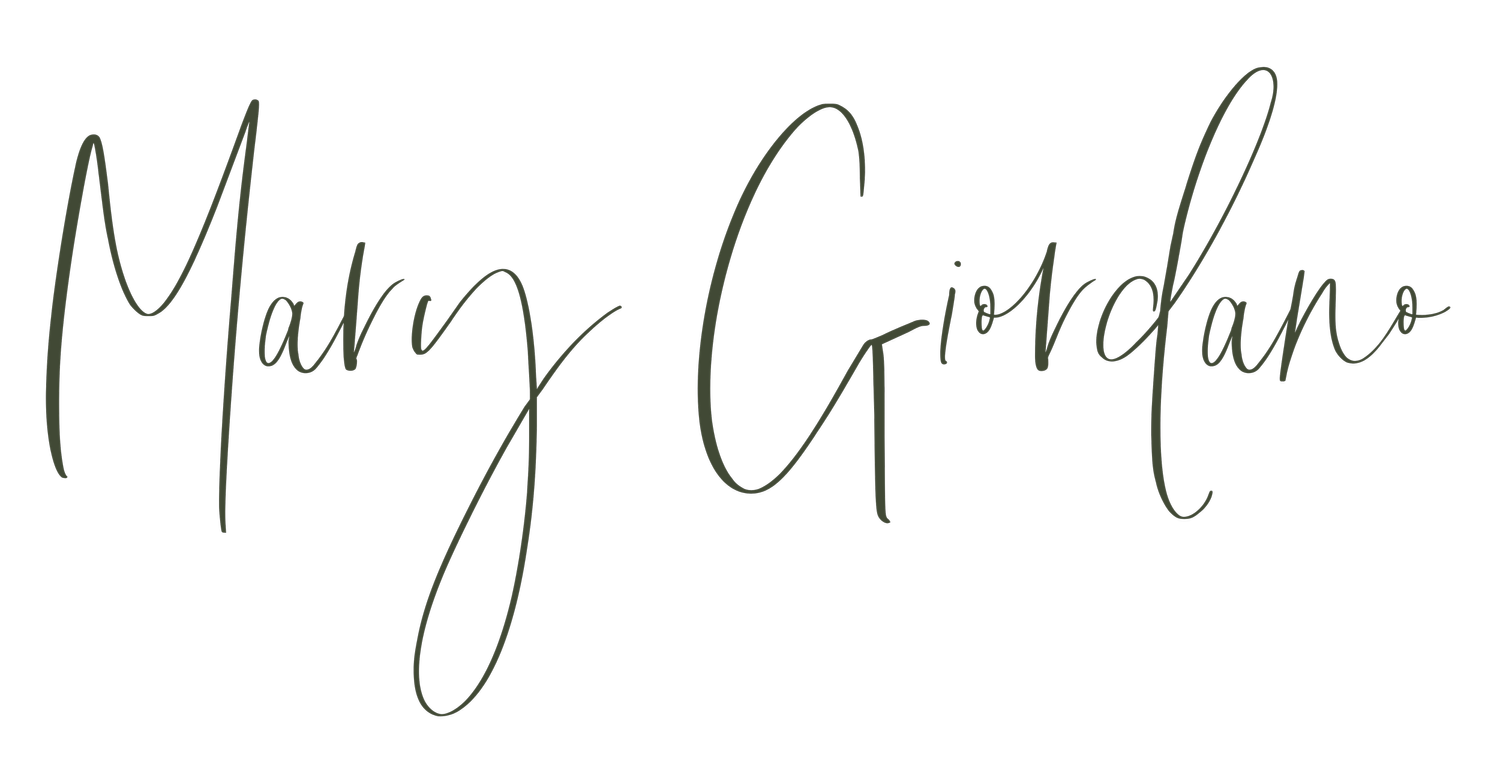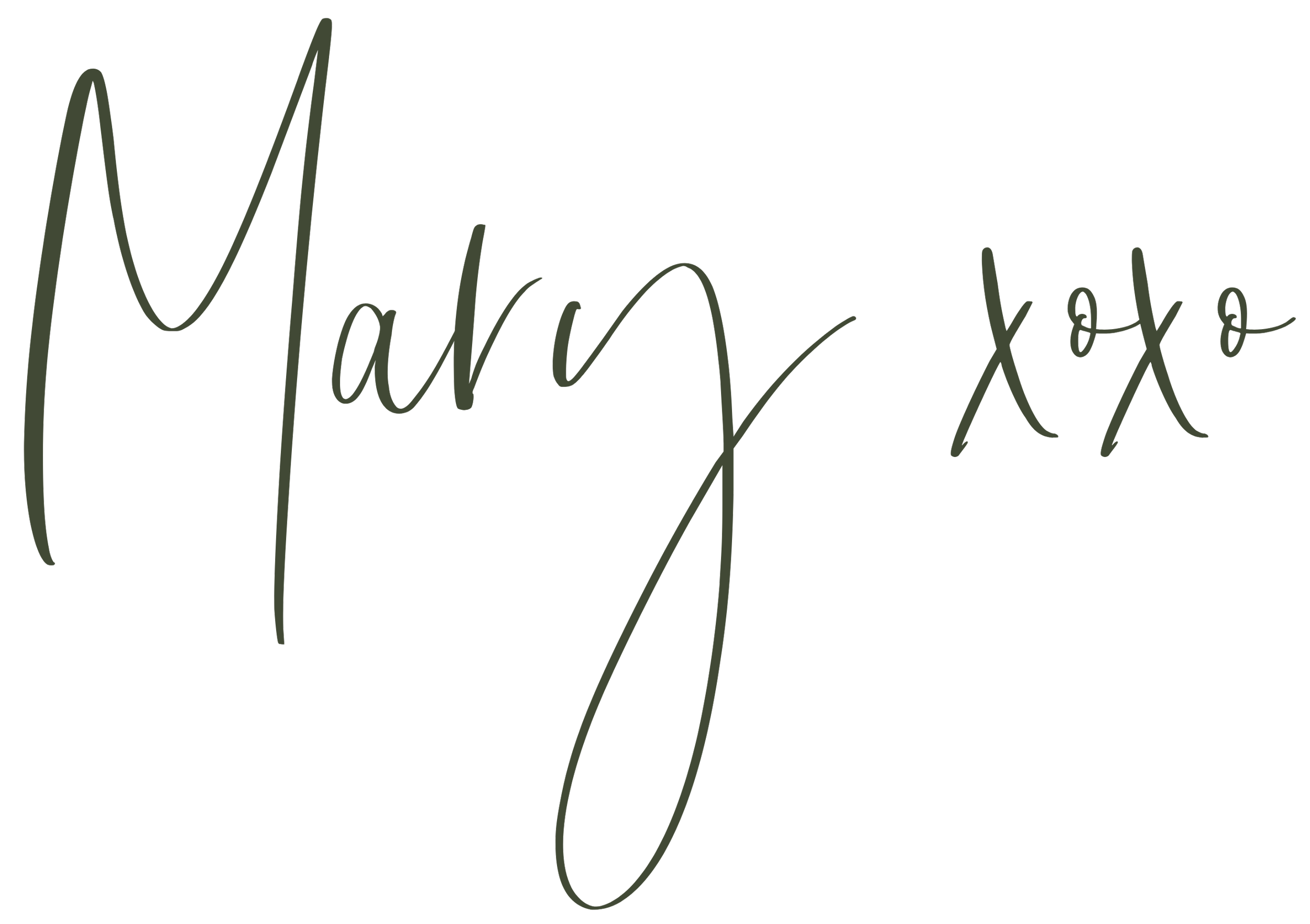Raising bilingual and/or multilingual children in Australia
Are you raising bilingual or multilingual children in Australia? If so, I can relate as I am too and I know a few things about language learning!
I have been engaged in serious language learning for about twenty five years, since my early teens, both as a student and a teacher. I learned Japanese throughout high school including an intensive program in my final two years. When I finished high school I went to live in Mexico as an enthusiastic eighteen year old exchange student, unable to say anything in Spanish. Nevertheless, by the time I returned home twelve months later I was speaking Spanish fluently. My subsequent travels took me all around the world including to Germany where I lived with a family as an au-pair for six months and learned to speak German. Further travels took me to Brazil where I spent several months and learned to communicate in Portuguese. I then met my now husband, who is Italian, and although our only common language at the time was Spanish, I eventually learned Italian as well. Later at university I studied both Italian and Spanish at an advanced level and also took classes in Portuguese and French. In my final undergraduate year I undertook an internship with the Department of Education in Jakarta and learned to speak basic Indonesian. I then completed a Dip Ed specialising in EAL (English as an Additional Language) as well as LOTE (Languages Other Than English). In my professional life I have worked closely with families from CALD (Culturally and Linguistically Diverse) backgrounds in many different roles and much of my work has been focussed on supporting the early language development of refugee and migrant children as well as providing opportunities for their parents to learn English, in a supported environment.
Over the years I have seen parents take a myriad of different approaches to support their children’s language learning and I have had many conversations with them about the challenges of raising bilingual or multilingual children in Australia. One of the most commonly heard concerns around raising children in more than one language is that by doing so will confuse them, make it difficult for them to distinguish between the languages and/or cause delays in normal speech development. These are all myths in my opinion as I believe that such difficulties are better attributed to personal characteristics of the child rather than the fact that they are exposed to more than one language from early childhood. However, there are undoubtedly challenges in raising bilingual and multilingual children in a society like this, that tends towards monolingualism. One of the most salient examples of such a challenge I have heard time and time again is the family that arrives in Australia with young children who they fear will struggle to adjust in their new environment if they continue to speak their own language at home. So the parents decide to communicate only in English with the children, even though they are not yet fully competent users of the language themselves. Eventually the children’s capacity in English far surpasses their parents’ but they struggle to communicate in their parents’ mother tongue. As such, the parents decide they want the children to learn their own language and try to change their habits at home but by this stage they are met with significant resistance from their children, who seem to have little to no interest in following suit.
This is common and challenging situation because by this time the children have learned that in order to get by in Australia they only really need to speak English, at home, at school, or pretty much anywhere else they frequent. Parents are often shocked and saddened to realise at this point that they have essentially missed the opportunity to raise their children as true bilinguals or multilinguals, competent at using both or all of the family languages, in all of their forms. While I always encourage parents to persevere with their efforts, the reality is that by the time a child starts school, in order for them to become truly competent in any language other than the dominant one (English, in this case), the motivation really needs to be intrinsic, or from within the child themselves. This is because learning a language in a non-immersive environment requires a lot of dedication, effort and consistency, over many years. However, for families that have the opportunity to raise bilingual or multilingual children, the advantages for their children of doing so make the effort worthwhile. Evidence abounds that facilitating this process from an early age brings a multitude of benefits. Some of these include improved concentration, analytical and multitasking skills, enhanced neuroplasticity, better self-worth and sense of belonging, greater understanding and appreciation of cultural heritage and identity, opportunities to communicate easily with extended family members either within or outside of Australia, diverse career opportunities, the possibility to enjoy a broader array of music, literature and film, and comparative ease at learning additional languages in the future.
Where possible, the best time to start exposing children to all of the family languages is as soon as they are conceived as studies have shown that language development starts in the womb (Science Daily)[i]. Obviously, the point is, the sooner the better and if you want to raise your children this way in Australia it helps to decide on your strategy and implement it from birth so that the children don’t know any different, which can help you to avoid faltering in challenging moments or situations, of which there will be many. There are various approaches to teaching children the languages that a family may speak but in my opinion the most effective one is for each parent to speak their native tongue to the children, exclusively, irrespective of who else is around that may or may not understand. This technique is sometimes referred to as OPOL (One Person, One Language). Similarly, according to raisingchildren.net.au, ...”if you want your child to grow up fluent in your native language, you and your partner must each consistently use your native language with your child – rather than swapping between languages”.[ii] There usually comes a time, around 3 years old or so, when young children that have been raised in more than one language start to exhibit preferences for the dominant language, which in Australia is obviously English. This usually coincides with more time spent at day care or out of home care when the incidental exposure to the English language all around a child means their level of comprehension and ability to express themselves effortlessly in English makes it a preferred choice for them over the non dominant language. This is often a big hurdle for parents who have to decide whether or not to ‘allow’ their children to respond in English when spoken to in another language.
In our home this typical scenario emerged when our son was nearly three years old but we already anticipated it and knew that our approach would be for my husband to continue communicating with him solely in Italian and to not reply to requests or comments in English but instead ask, in Italian, for these to be repeated. It was a tedious few weeks before our son ‘clicked’ and understood that with his dad he must communicate in Italian. But it worked, and he has done so ever since. No doubt it was helpful that I too speak the language and was able to reinforce my husband’s efforts at this time but even when this isn’t the case it is possible to persevere. The most important thing to understand is that raising bilingual or multilingual children in Australia rarely happens simply by osmosis because one or both of the parents speak more than one language. It usually needs to be an intentional and consistent approach, starting as early as possible. And it needs to be fun!!
In our house this means listening to music, singing and playing games in Italian from birth, providing authentic exposure to the language wherever possible by spending time with Italian speaking friends and other children, cultivating new friendships in Italian, doing regular Facetime with family in Italy, hosting family from Italy in our home and visiting there when possible, reading Italian books... so many books, telling imaginative stories in Italian rich in fantasy, excitement and mysterious characters (my husband is great at this!), watching age appropriate children’s programs in Italian on the computer (we don’t have a television), etc. While our son was never much of a fan we have also tried going to language specific playgroups and story times at our local libraries. Now that he is about to start school we have decided to send him to the only Italian bilingual school in Victoria, which happens to be only a few suburbs away. While it isn’t our local school within walking distance from home, as would have been nice, the fact that he will continue to be exposed to both of his languages equally on a daily basis makes the effort worthwhile for us. Our daughter, who is 14 months old, already understands English and Italian equally and I find it sweet to observe that the language our son tends to address her in is Italian. I look forward to watching her language emerge and develop over the next few years too.
If you enjoyed reading this Blog and would like to know how my language journey has continued, come over to find me on IG @marygiordano.com.au
If you are on a similar journey raising bilingual or multilingual children in Australia, I’d love to hear about your experience so please leave a comment below!
If you are not but are interested in and have the opportunity to do so, there are plenty of resources online about raising bilingual and/or multilingual children. I encourage you to do your own research but the following links may provide a useful start:
Raisingchildren.net.au
Multilingual Children’s Association
http://www.multilingualchildren.org/getting_started/pro_con.html
Bilingual Kidspot
https://bilingualkidspot.com/2016/05/31/benefits-raising-bilingual-children/
Pregnancy, Birth & Baby
https://www.pregnancybirthbaby.org.au/raising-bilingual-children
SBS Australia
https://www.sbs.com.au/topics/life/family/article/2016/06/14/raising-bilingual-kids
Community Languages Australia
http://www.communitylanguagesaustralia.org.au/raising-children-in-more-than-one-language/
[i] https://www.sciencedaily.com/releases/2017/07/170718084600.htm)
[ii] https://raisingchildren.net.au/babies/connecting-communicating/bilingualism-multilingualism/raising-bilingual-children-tips



